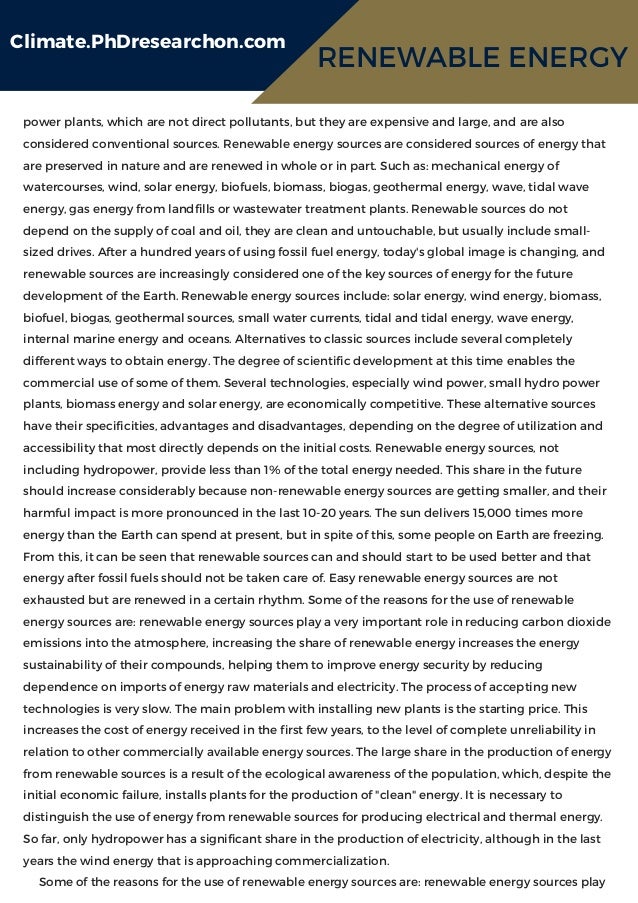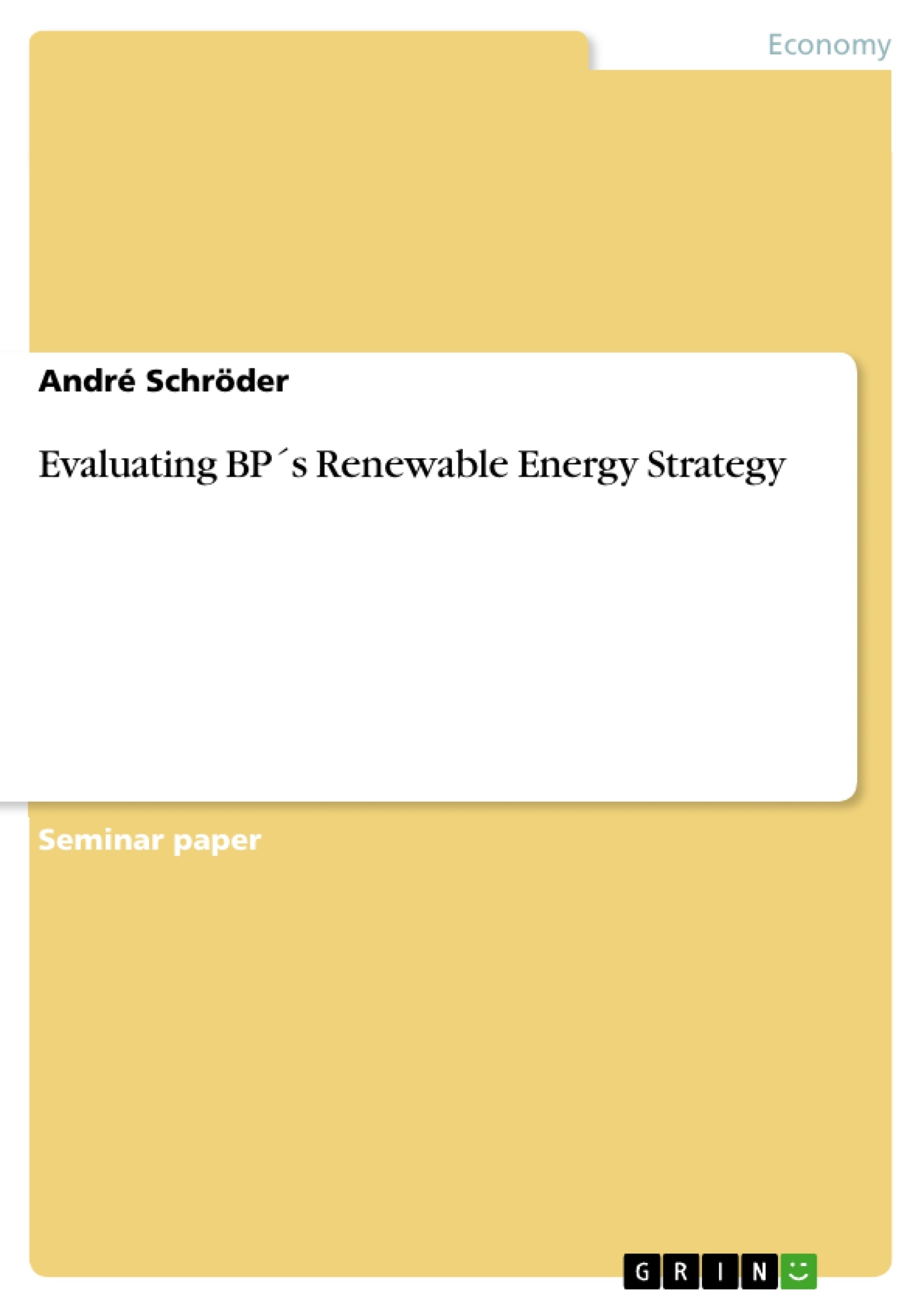
To answer this question, this dissertation focuses on technologies that are complementary to variable renewable energy technologies, such as like solar photovoltaics and wind power. The results of this thesis are based on a range of qualitative and quantitative archival data sources as well as data from 38 expert interviews PhD Thesis Topics on Renewable Energy provides high end projects for research scholars and final year students. Sustainable and renewable energy is a popular and new study field that focuses on finding alternative energy sources. Due to this reason that is inspired by Estimated Reading Time: 4 mins ReNU is an added value doctoral training programme that will create the next generation of specialists in small scale renewable and sustainable distributed energy applications. Read more. Funded PhD Programme (Students Worldwide) 4 Year PhD Programme
Smart integration of distributed renewable generation and battery energy storage | QUT ePrints
Duong Quoc Hung Smart integration of distributed renewable generation and battery energy storage. PhD thesis, The University of Queensland. View at publisher. Renewable energy i.
In the last decade, the smart grid has been introduced to accommodate high penetration of such renewable resources and make the power grid more efficient, reliable and resilient. The smart grid is formulated as a combination of power systems, telecommunication communication and information technology. As an integral part of the smart grid, a smart integration approach is presented in this thesis. The main idea behind the smart integration is locating, sizing and operating renewable-based Distributed Generation DG resources and associated BES units in distribution networks strategically by considering various technical, economical and environmental issues.
Hence, the aim of the thesis is to develop methodologies for strategic planning and operations of high renewable DG penetration along with an efficient usage of BES units. The first contribution of the thesis is to present three alternative analytical expressions to identify the location, size and power factor of a single DG unit with a goal of minimising power losses.
These expressions are easily adapted to accommodate different types of renewable DG units for minimizing energy losses by considering the time-varying demand and different operating conditions of DG units. Both dispatchable and non-dispatchable renewable DG units are investigated in the study. Secondly, a methodology is also introduced in the thesis for the integration phd thesis on renewable energy sources multiple dispatchable biomass and nondispatchable wind units.
The concept behind this methodology is that each nondispatchable wind unit is converted into a dispatchable source by adding a biomass unit with sufficient capacity to retain the energy loss at a minimum level. Thirdly, the thesis studies the determination of nondispatchable photovoltaic PV penetration into distribution systems while considering time-varying voltage-dependent load models and probabilistic generation.
The system loads are classified as an industrial, commercial or residential type or a mix of them with different normalised daily patterns. The Beta probability density function model is used to describe the probabilistic nature of solar irradiance. An analytical expression is proposed to size a PV unit. This expression is based on the derivation of a multiobjective index IMO that is formulated as a combination of three indices, namely active power loss, reactive power loss and voltage deviation.
The IMO is minimised in determining the optimal size and power factor of a PV unit. Fourthly, the thesis discusses the integration of PV and BES units considering optimal power dispatch. In this work, each nondispatchable PV unit is converted into a dispatchable source by adding a BES unit with sufficient capacity. An analytical expression is proposed to determine the optimal size and power factor of PV and BES units for reducing energy losses and enhancing voltage stability.
A self-correction algorithm is then developed for sizing multiple PV and BES units. Finally, the thesis presents a comprehensive framework for DG planning. In this framework, analytical expressions are proposed to efficiently capture the optimal power factor of each DG unit with a standard size for minimising energy losses and enhancing voltage stability.
The decision for the optimal location, size and number of DG units is obtained through a benefit-cost analysis over a given planning horizon. Here, the total benefit includes energy sales, loss reduction, network investment deferral and emission reduction, while the total cost is a sum of capital, operation and maintenance expenses.
The study reveals that the time-varying demand and generation models play a significant role in renewable DG planning. A higher penetration level could be obtained for dispatchable DG technologies such as biomass and a hybrid of PV and BES units. More importantly, phd thesis on renewable energy sources, the study also indicates that optimal power factor operation could be one of the aspects to be considered in the strategy of smart renewable DG integration.
A significant energy loss reduction and voltage stability enhancement can be achieved for all the proposed scenarios with DG operation at optimal power factor when compared to DG generation at unity power factor which follows the current standard IEEE Consequently, the thesis recommends an appropriate modification to the grid phd thesis on renewable energy sources to reflect the optimal or near optimal power factor operation of DG as well as BES units.
In addition, it is shown that inclusion of energy loss reduction together with other benefits such as network investment deferral and emission reduction in the analysis would recover DG investments faster. Citation counts are sourced monthly from Scopus and Web of Science® citation databases. These databases contain citations from different subsets of available publications and different time periods and thus the citation count from each is usually different. Some works are not in either database and no count is displayed.
Scopus includes citations from articles published in onwards, and Web of Science® generally from onwards. Export: EndNote Dublin Core BibTeX. Repository Staff Only: item control page. QUT Home Contact, phd thesis on renewable energy sources. Home Browse About. Description Renewable energy i. Notify us of incorrect data Phd thesis on renewable energy sources to use citation counts More information.
More statistics Export: EndNote Dublin Core BibTeX Repository Staff Only: item control page. Home Browse research About, phd thesis on renewable energy sources. CRICOS No. Battery energy storage, Biomass, Distribution system, Energy loss, Optimal power factor, Photovoltaic PVRenewable distributed generation, Voltage deviation, phd thesis on renewable energy sources, Voltage stability, Wind.
Renewable Power
How to finish a PhD thesis quickly - 5 simple tips to write a thesis in two months!
, time: 12:20Doctoral Thesis – Centre for Energy Policy and Economics | ETH Zurich

Renewable energy (i.e., biomass, wind and solar) and Battery Energy Storage (BES) are emerging as sustainable solutions for electricity generation. In the last decade, the smart grid has been introduced to accommodate high penetration of such renewable resources and make the power grid more efficient, reliable and blogger.com by: 4 Electricity generation from wind power and other renewable energy sources is in-creasing, and their variability introduces new challenges to the existing power system, which cannot cope e ectively with highly variable and distributed energy resources. The emergence of smart grid technologies in recent year has seen a paradigm shift To answer this question, this dissertation focuses on technologies that are complementary to variable renewable energy technologies, such as like solar photovoltaics and wind power. The results of this thesis are based on a range of qualitative and quantitative archival data sources as well as data from 38 expert interviews

No comments:
Post a Comment